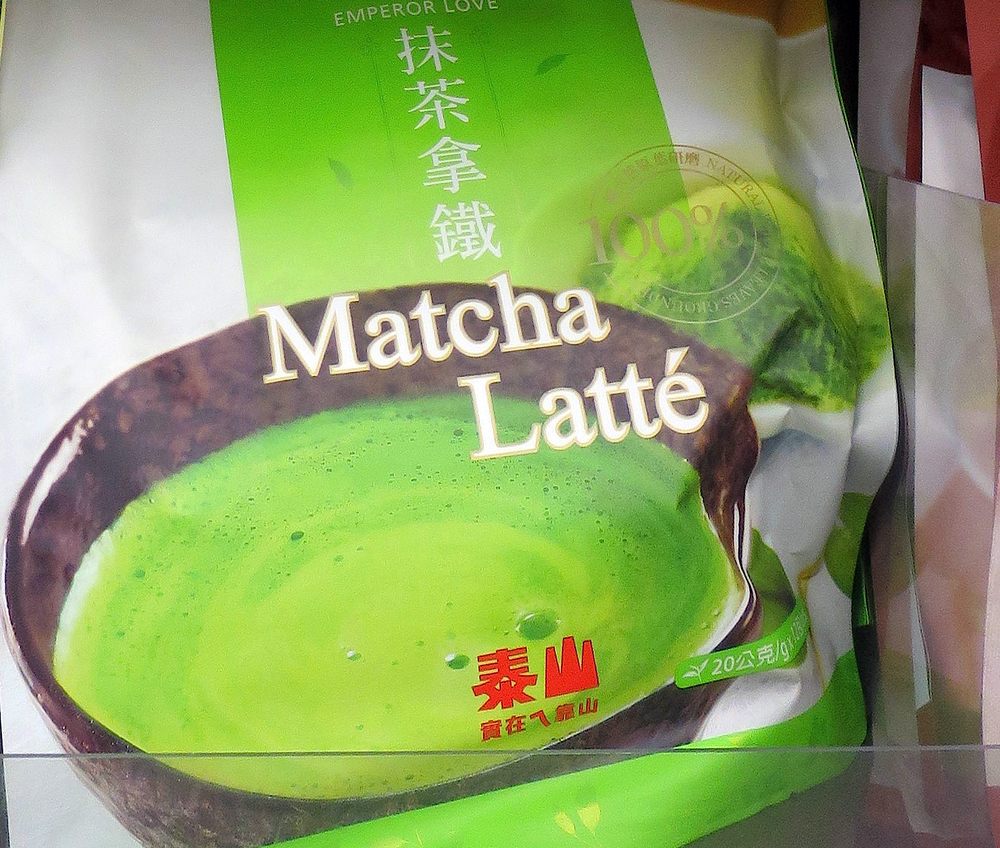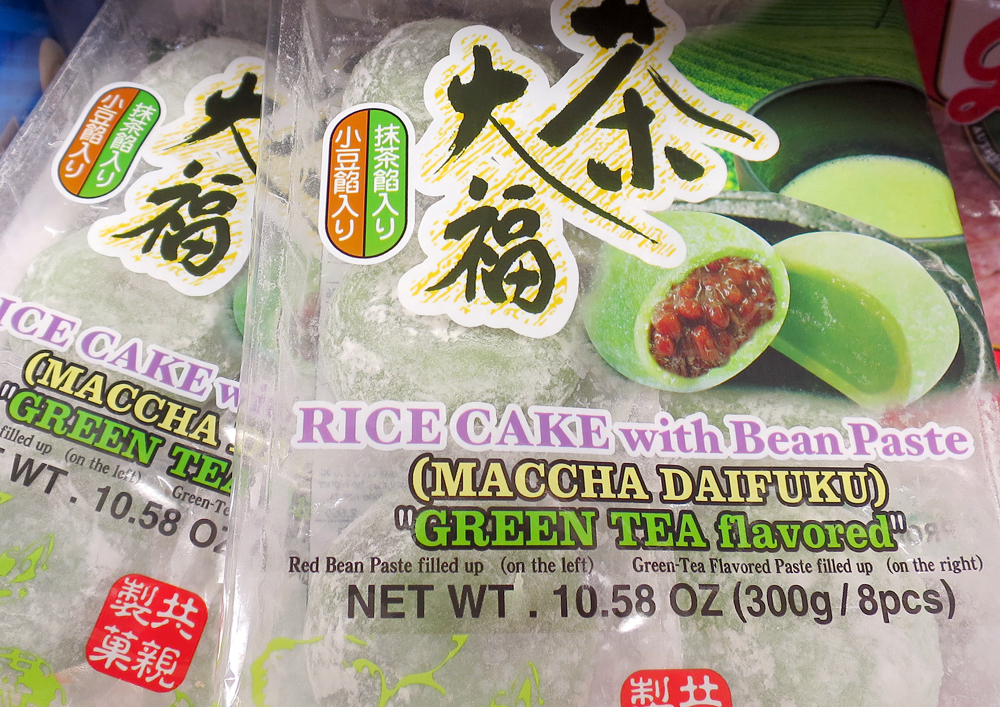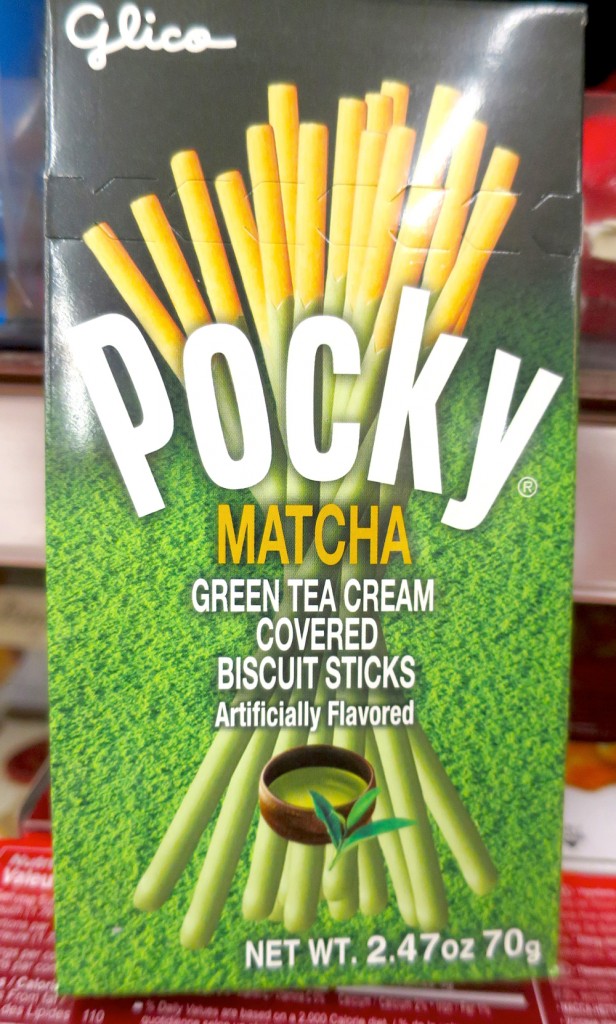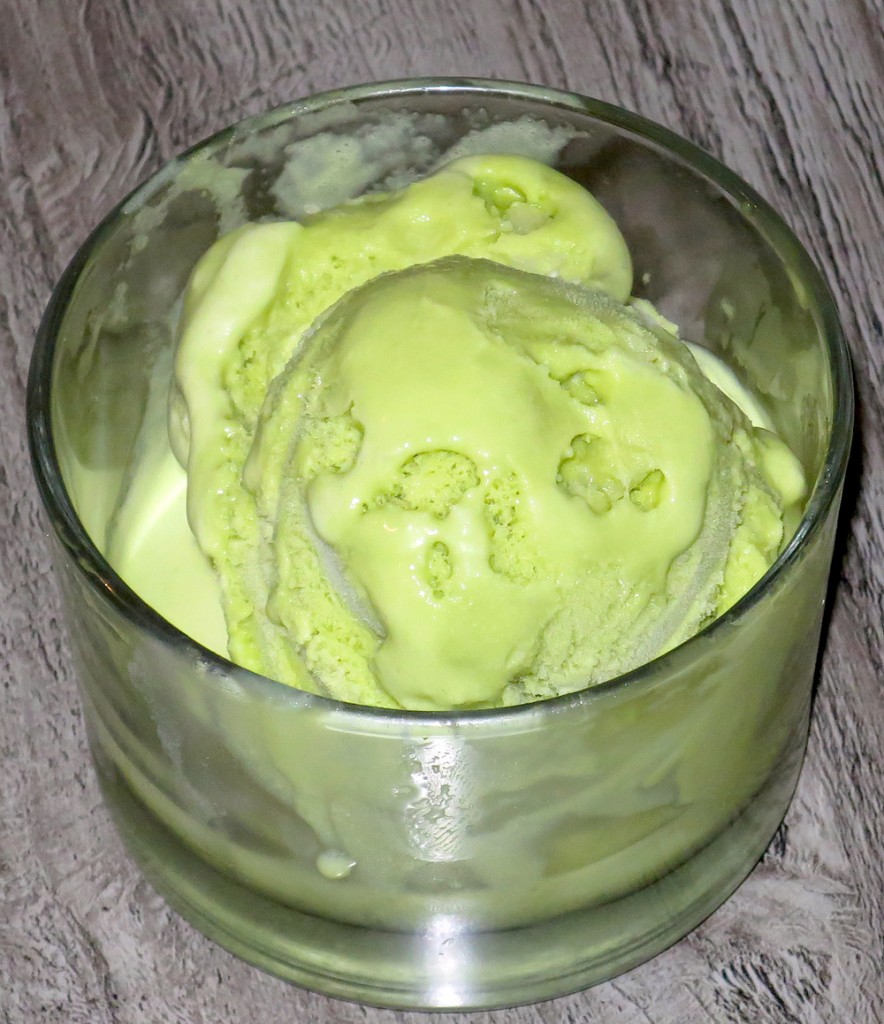A silky-smooth, stimulating powder is suddenly getting (and giving) tons of buzz in the Bay Area.
It's about time, given that this stuff has existed for over 400 years.
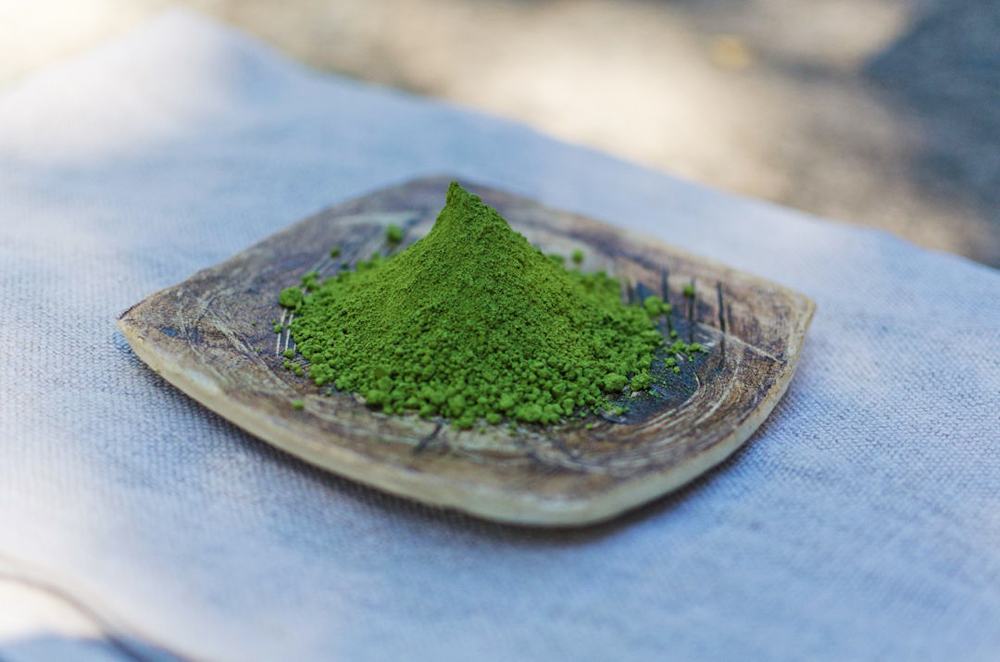
Matcha -- the shade-grown, stone-pulverized, high-antioxidant, air-dried Japanese-tea-ceremony tea that tastes bitter, sweet, creamy and astringent within one sip and whose dazzling hue is the love child of emeralds, shamrocks and jade -- is now officially a Next Big Thing. A growing tribe of devotees discuss it with the same intensity and insider lingo (think "mouthfeel," "body," "finish" and "notes") typically applied to wine, third-wave coffee and artisanal cheese.
It's a trendy cooking ingredient at restaurants such as Berkeley's Joshu-Ya Brasserie, where award-winning owner/author/executive chef Jason Kwon sees matcha as "belonging to the same family as chocolate and vanilla, in that it's that rich and that versatile.
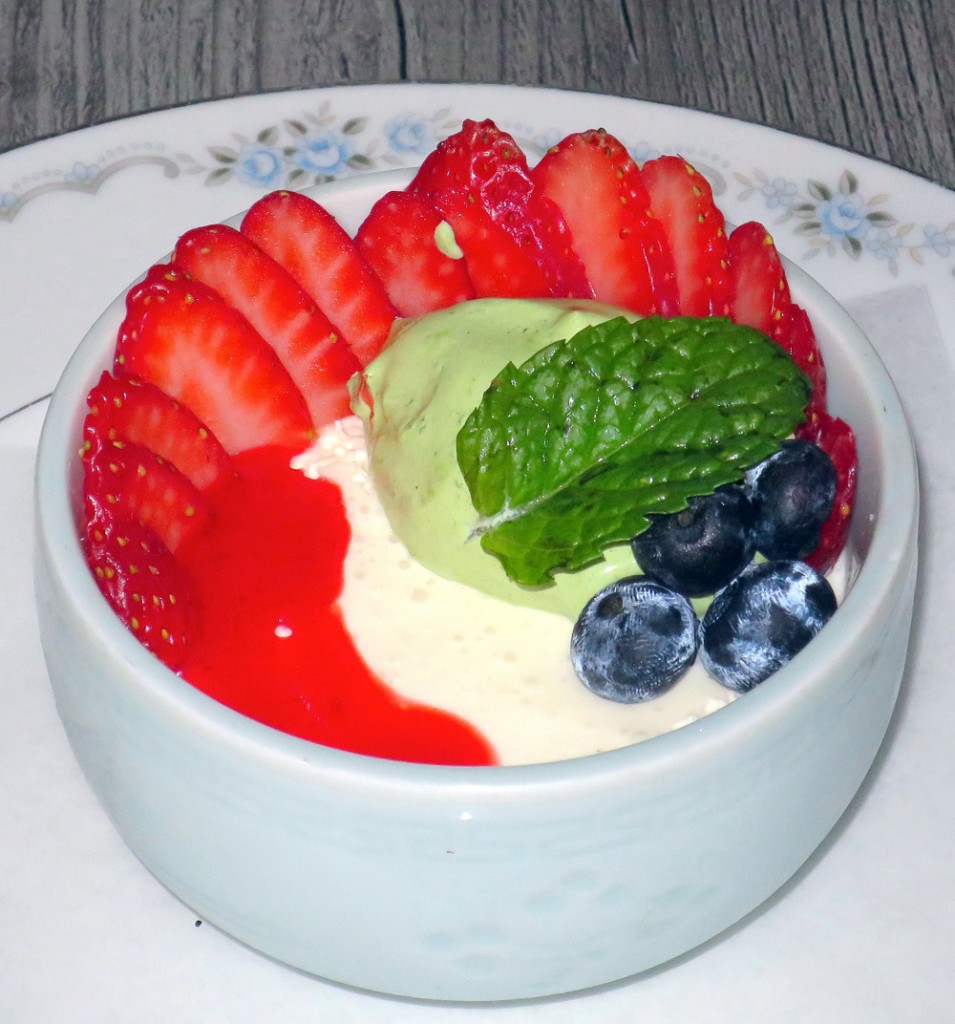
"Its flavor doesn't occupy just one or two dimensions but many," says Kwon, who sprinkles savory dishes with house-made matcha salt and creates globally inspired desserts such as yuzu panna cotta with strawberries and matcha foam, and beignets served with matcha ice cream and matcha crème Anglaise. Streaking across the plate alongside the beignets is a vivid trail of matcha powder in which to dip forkfuls for a kaleidoscopic flavor epiphany.
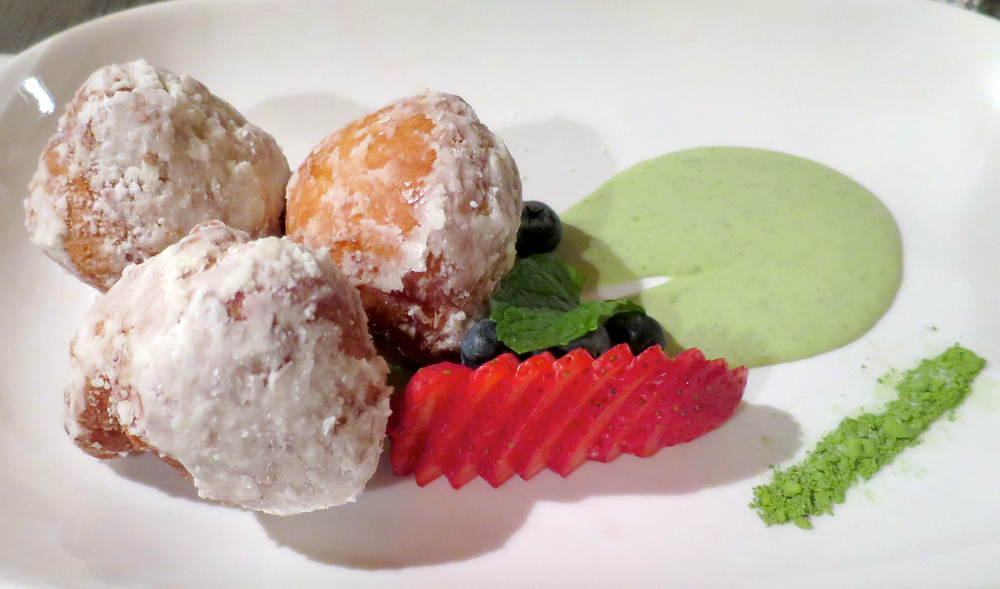
"You can use matcha as the main star or to complement a dish," Kwon says. "However you use it, matcha's kind of like butter in that you pretty much can't go wrong."
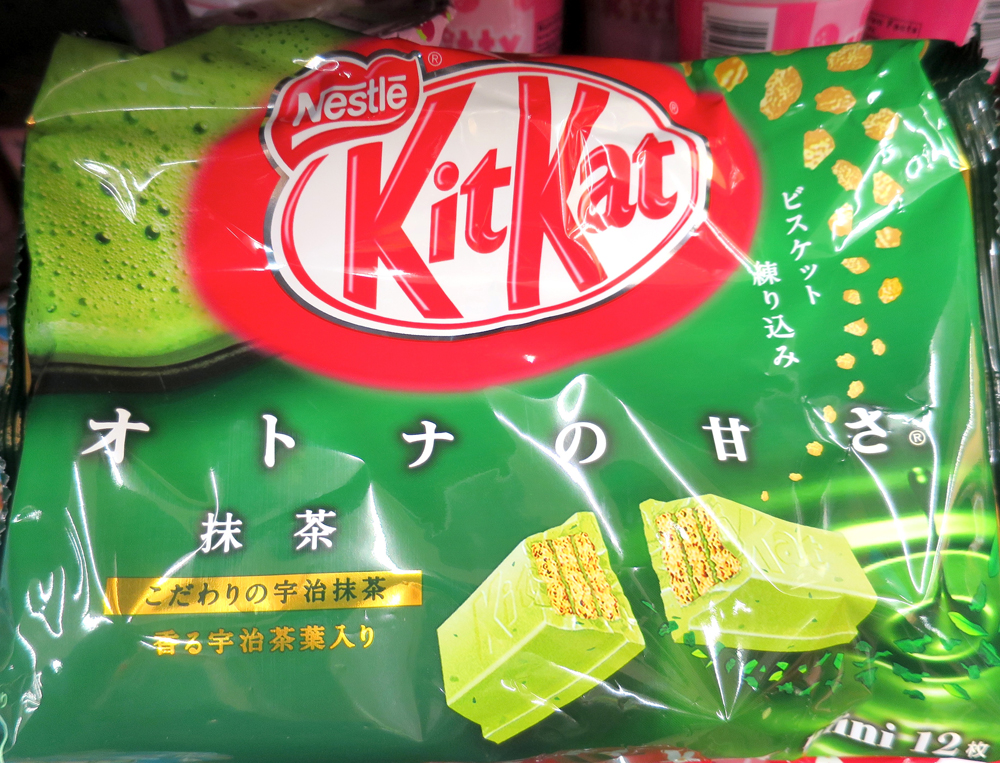
Manufacturers are churning out mass-produced matcha-flavored drinks and snacks. Peet's, Starbucks and other cafés have leaped into the game with matcha lattes and matcha freddos that would surely horrify Sen No Rikyu, the Zen-trained 16th-century tea master who created the Japanese tea ceremony, aka chado (the way of tea) or chanoyu (hot water for tea).
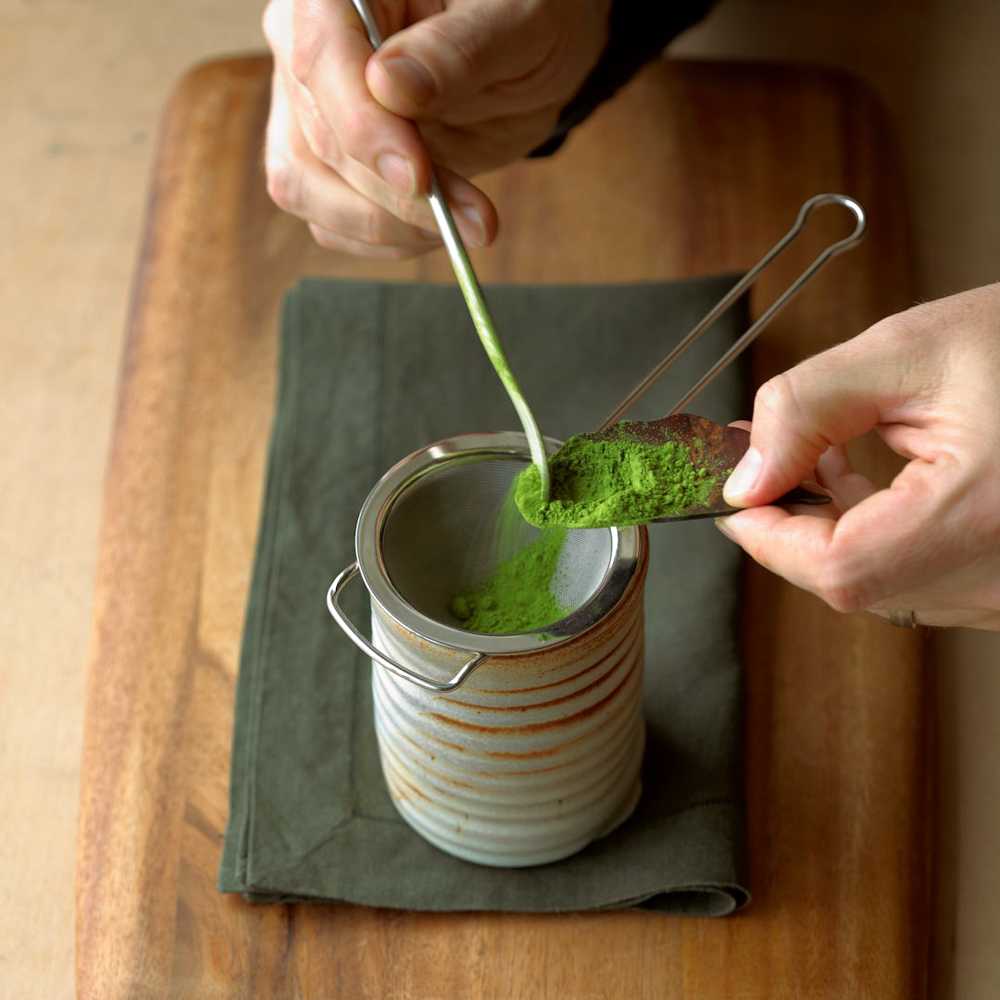
This choreographed-down-to-the-last-glance ritual emphasizes respect, harmony, purity, tranquility -- and features matcha sieved into a tea-bowl (cha-wan), then whipped briskly (back and forth, not circularly) with a whisk (chasen) in water (hot, but not boiling) to yield a uniformly tiny-bubbled (because big and uneven bubbles are considered gross, thus must be popped by the master before serving) froth.
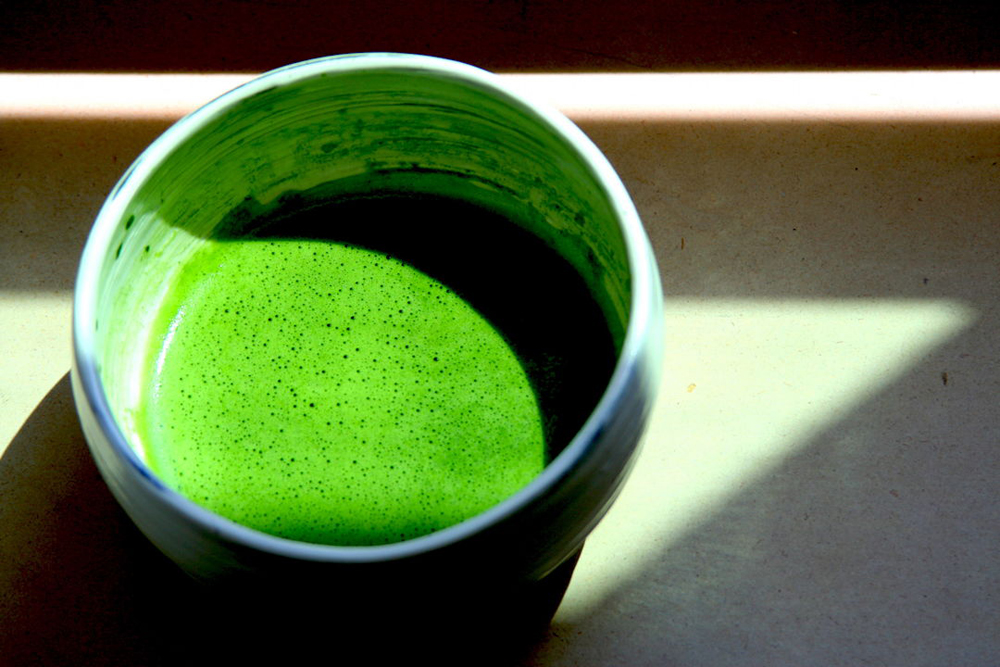
While lower-grade matchas -- known as culinary-grade and agricultural-grade -- are now popping up everywhere in sugary-sweet treats, the only tea considered worthy of sipping unadorned in the pure, plain-water chado-style is ceremonial-grade matcha, the finest of the three grades.
